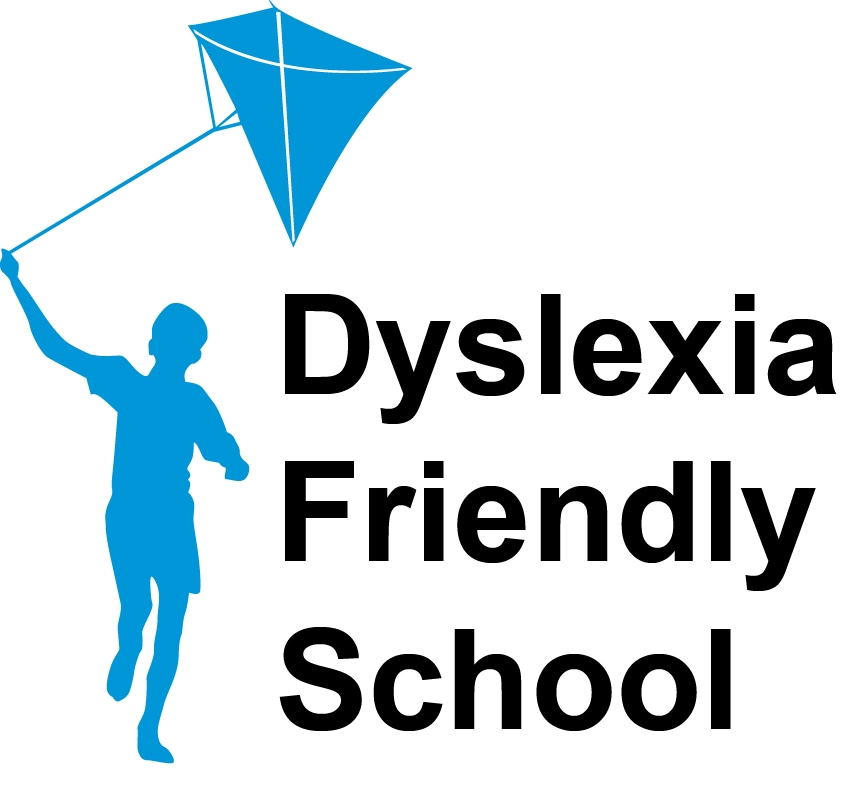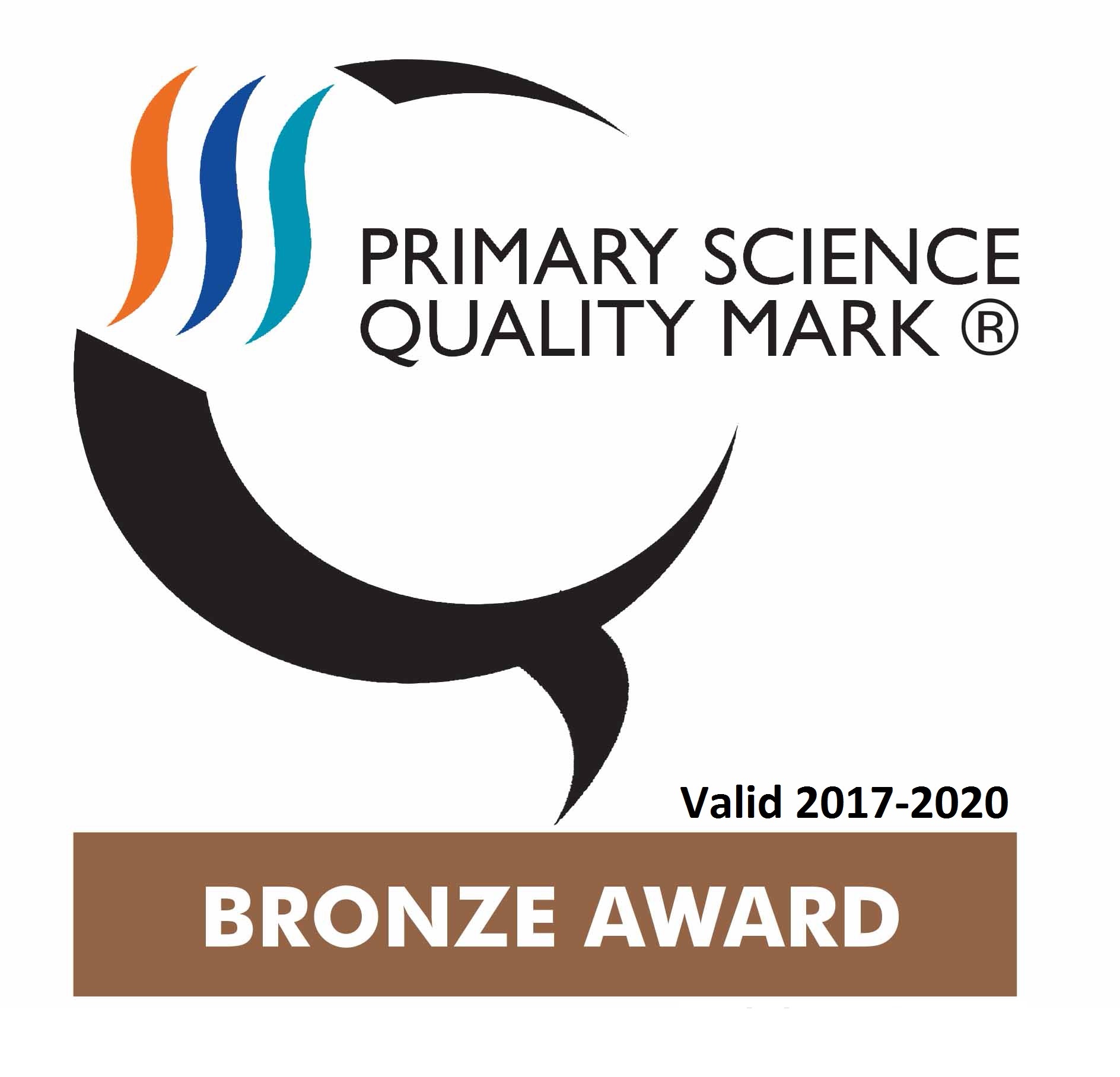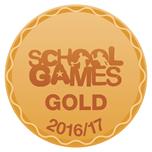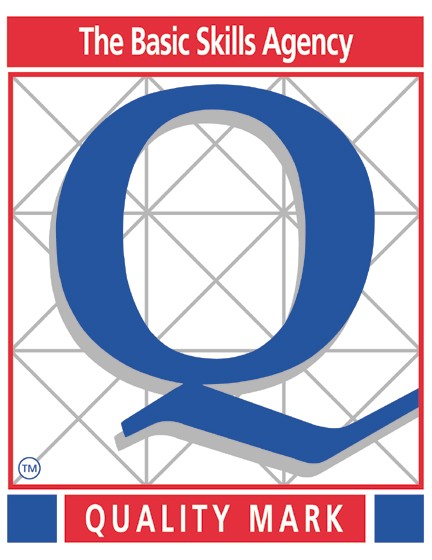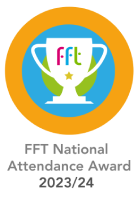OUR NEWSLETTERS
KEEP UP TO DATE

At Navigation, we are proud of all our curriculum and on this page we hope to explain our approach to the teaching of design and technology (DT). We have broken this page into three broad sections:
Intent: the knowledge and skills that pupils will gain
Implementation: how the curriculum developed or adopted by the school is taught
Impact: the outcomes that pupils achieve as a result of the education they have received
Curriculum Vision Statement:
'By the time children leave Navigation they will have developed knowledge of design and designers and an understanding of the plan, make and review process. They will have also developed the skills to construct a range of designs with different materials and tools including use of ICT.'

Intent:
Our curriculum vision statement outlines our broad goals for DT, whereas our whole school curriculum progression map gives a detailed breakdown of what each year group is taught. There is also an overview of the different units of work that each year group covers. Go to the bottom of the page and you can open these documents and take a look.
Implementation:
For most subjects in the school, we prefer to use a spaced learning approach - teaching a little bit each day/week to aid retention, however, due to the nature of DT, we teach this in blocks, as this is more conducive to achieving the best outcome in the children's products. To ensure that the DT taught is high quality, we use the DT Association's 'projects on a page' resources. These ensure that there is continuity and progression as well as rigor in the DT curriculum.
Design and Technology education involves two important elements - learning about the designed and made world and how things work, and learning to design and make functional products for particular purposes and users. Children acquire and apply knowledge and understanding of materials and components, mechanisms and control systems, structures, existing products, quality and health and safety. The skills learned in D&T also help with learning across the curriculum, for example, knowledge about the properties of materials helps in science and the practice of measuring accurately helps in maths. These skills help in IT through the children’s use of computer control and, naturally, in art and design. If you look at the overview above, you can see some of the links that have been made explicit.
Design and Technology education helps develop children’s skills through collaborative working and problem-solving, and knowledge in design, materials, structures, mechanisms and electrical control. They are encouraged to be creative and innovative, and are actively encouraged to think about important issues such as sustainability and enterprise. There are three core activities children engage with in Design and Technology:
In each of the units we teach at Navigation, you will find these three core elements.
Impact:
Each subject is driven forward by a member of staff who monitors the attainment and progress of our children. We do this in a variety of ways including speaking to children, observing lessons and using data gathered from our school’s assessment system. This analysis can then be used to provide support and resources where needed to maintain high standards across all subjects.
Hawarden Road
Altrincham
Cheshire
WA14 1NG
0161 912 5937
admin@navigationprimary.com
